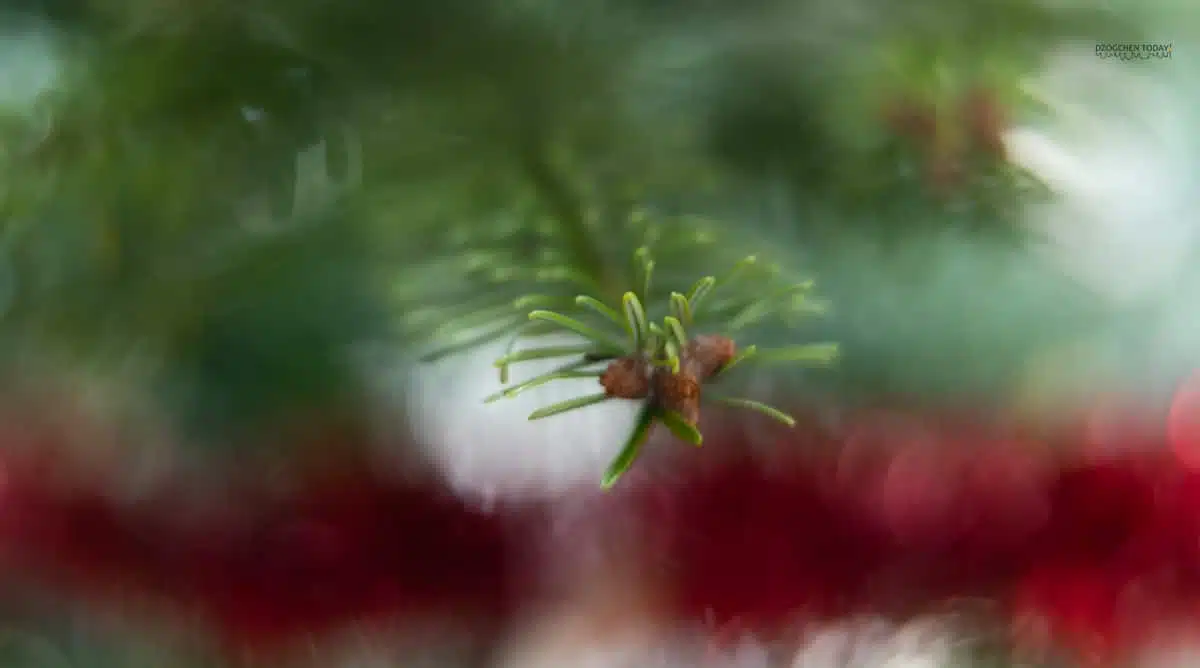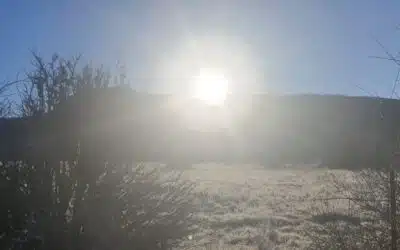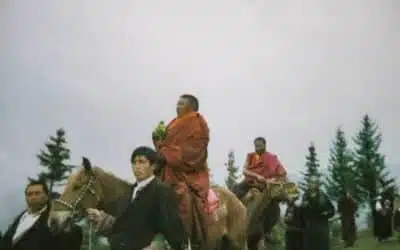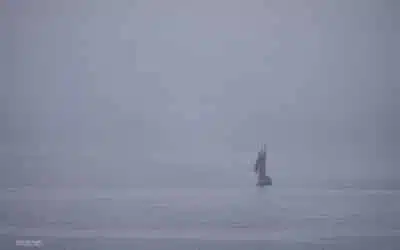The Donkey and the Ox in the Land of Snow
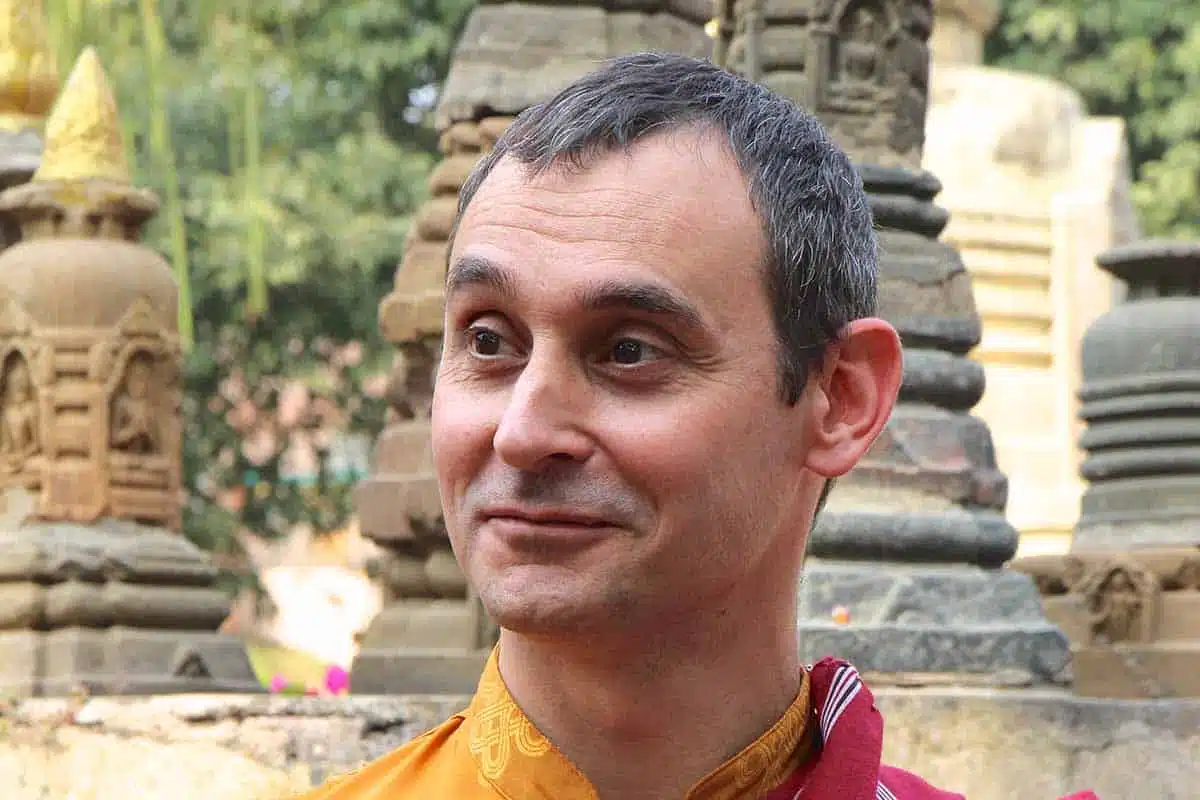
Written By Mila Khyentse
Blog | Culture and tradition
In “The Donkey and the Ox in the Land of Snow”, Mila Khyentse talks about Christmas, animals and Tibetan nomadic people.
Series: Christmas
The Donkey and the Ox in the Land of Snow
Among the most protective and benevolent figures of the Christmas season are the ox and the donkey, who blow on the infant Jesus to warm him. These two protective figures have become widely known thanks to a 16th century carol entitled “Entre le bœuf et l’âne gris” (“Between the Ox and the Grey Donkey”), heir to the medieval Nativity Mysteries. As the carol goes: “Entre le bœuf et l’âne gris, Dors, dors, dors le petit fils” (“Between the Ox and the Grey Donkey”, Sleep, sleep, sleep the little son”). They are often depicted to the right and left of the Child, the ox being the usual occupant of the stable where the Holy Family took shelter, and the other, the donkey led by Joseph, is said to have carried the pregnant Mary from Nazareth to Bethlehem. They are therefore naturally present for the arrival of Jesus, whom they welcome and watch over from the moment of his birth.
“So let’s not forget that the donkey and the ox, like all other animals, are much more than utilitarian beings.”
This reminds me of many stories from Tibetan nomads, for whom interaction with domestic animals is fundamental and has the same mythical dimension as that of the donkey and the ox. Nomadic Tibetans (‘brog pa, pronounced “drokpa”) live in symbiosis with the flora and fauna around them, and consider the domestic animals they live with to be very important supports of their life force (bla srog). As a result, nomadic newborns have immediate contact with the family’s domestic animals, often falling asleep in the warmth of a sheep’s, goat’s or even yak’s fleece. More interestingly, in mythological tales we find a close relationship between man and animal, where the animal – a sheep, a yak, a panther, a horse, a tiger… – is “ placed ” on the human’s shoulders, reinforcing his vital force. As in many traditional societies, animal qualities such as strength, stealth or cunning are also associated with humans, from a totemic perspective.
As with the donkey and the ox, we are in the presence of very ancient guardian figures who have always breathed on the shoulders of humans to bring them warmth and comfort on the coldest and darkest nights. The donkey and the ox have reassured generations of children, indispensable helpers to mother and father in continuing the story of life. So let’s not forget that the donkey and the ox, like all other animals, are much more than utilitarian beings. Then our nights will be a lot less cold and dark. Merry Christmas!
More Posts
The ground (gzhi)
This article is the first in a new category designed to provide a better understanding of the essential words and concepts of Dzogchen.
The Call of the Lineage
In “The Call of the Lineage” Mila Khyentse talks about the Dzogchen lineage of his master Alags Chörten, called “the Diebu Lineage”.
The Supplication that Fulfills All Wishes
In “The Supplication that Fulfills All Wishes”, Mila Khyentse gives us a prayer from his Master for difficult times and conditions.

